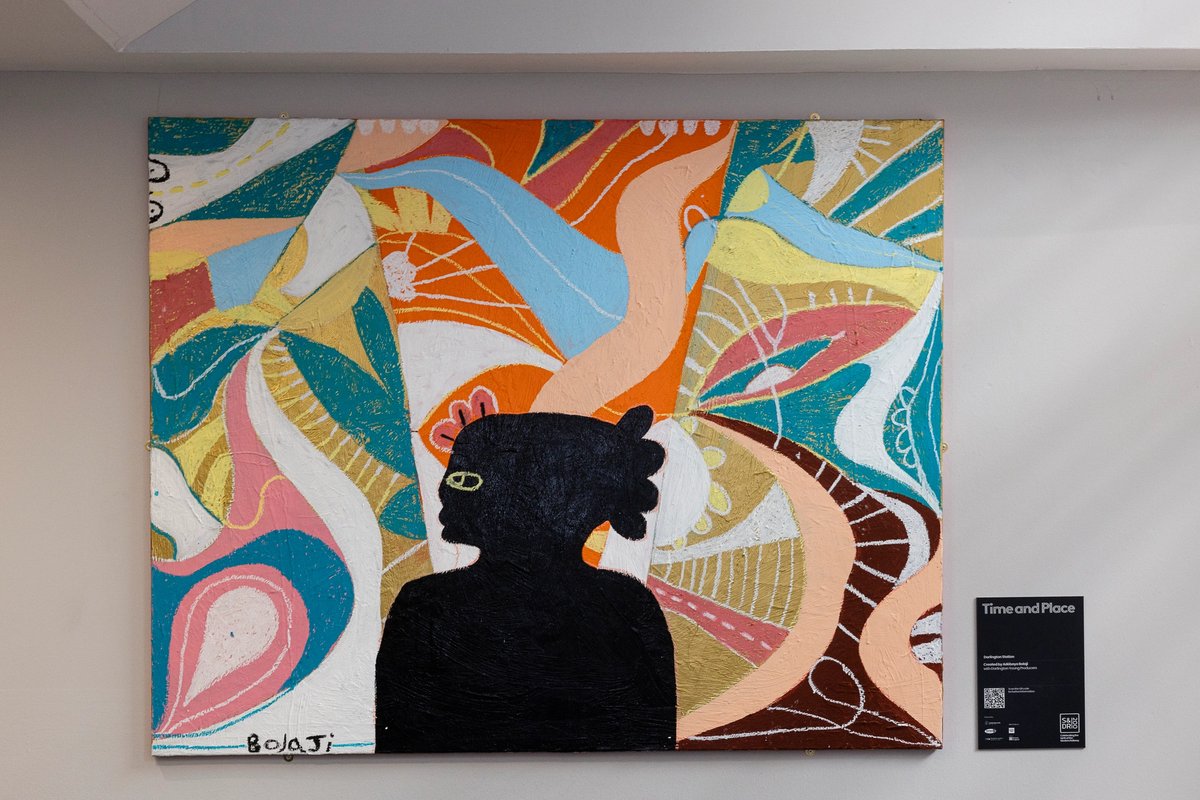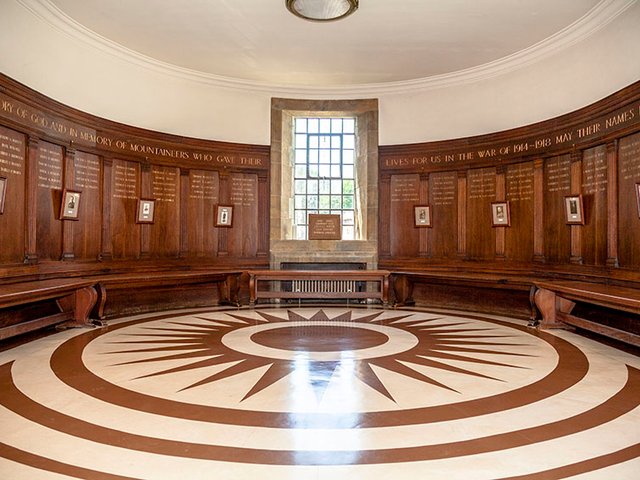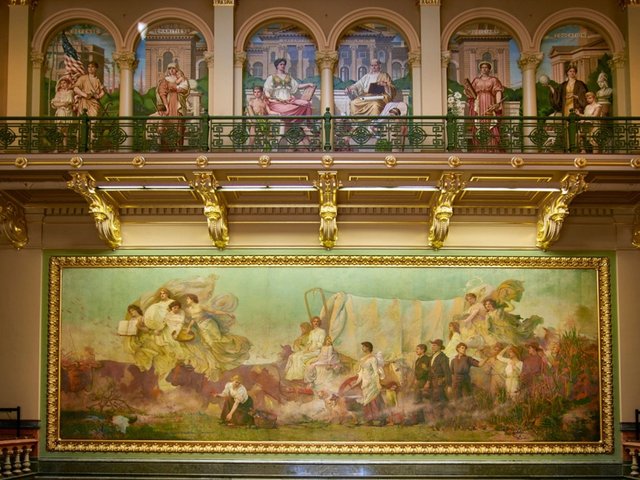For once, the announcements at Darlington and Heighington stations yesterday were not all about delays and cancellations, but the unveiling of murals by artists Adébayo Bolaji and Kate Jackson. The works celebrate two centuries of the Stockton and Darlington Line at two of the most historic railway stations in the world.
The murals, by Bolaji at Darlington and Jackson at Heighington, are part of a nine-month anniversary festival along the line and across County Durham. The sites are landmarks in the history of UK and world railways.
Darlington station, Grade II* listed and still a major stop on the East Coast Main Line, was originally a very modest halt, although it was festooned with flowers and decorations in 1849 when Queen Victoria stopped on her way south from holidays in Balmoral. Most of the ornate splendour survives from the 1880s rebuild, when it cost the enormous sum of £81,000.
“Culture and heritage were always part of the railway story,” says Neil Mendoza—the chair of Historic England, which has jointly funded the project—gazing up at the magnificent curving glass and iron roof. He also had an hour to admire the splendours of Doncaster station on his journey, between delayed trains.
The much simpler Heighington station, now down to an hourly service, is even more historic. The surviving station structures and buildings were upgraded to Grade II* status by Historic England when research suggested it has a good claim to being the world’s first railway station. Even the station's 1872 signal box, still with its original machinery intact, is Grade II listed. However, the station was last year placed on the Heritage at Risk register last year over its dilapidated state.
On 27 September 1825, the Stockton and Darlington company’s first engine, Locomotion No. 1, was placed on the line at Heighington. Following a panic over lighting the boiler, which was reputedly solved by a navigator who offered up his pipe lighter magnifying glass, the train steamed its way into railway history on a 26-mile journey.
The station followed a year later—with an alcohol licence by 1829—when the world’s first passenger services began, initially by horse-drawn carriages. The surviving buildings became a pub, the Locomotion Inn. It has been closed for several years, though there are community plans to rescue it.
Bolaji, an artist, actor and writer, has created a joyous mural for Darlington, lighting up a rather unlovely waiting room with colourful swirls around the dark silhouette of a woman. He knew the station—a stop on the line to the Edinburgh Festival—but not its history, and was puzzling over the commission when his research turned up Mary Simpson, the first woman recorded as working on the line in 1833.
First recorded just as “woman”, Simpson ran a sweet shop as well as other duties, and so was undoubtedly very popular. “I think it’s important to let someone unseen be seen,” Bolaji says. “She’s pausing, waiting, clearly on her way to somewhere.”

Kate Jackson, Motion 200, Heighington railway station, S&DR Trail of Discovery
Photo © Graeme Rowatt Photography
At Heighington, Jackson saw her work for the first time, having driven from her home in Suffolk, since it was scaled up for the site from her original painting. She wants passing passengers to look out and get a flash of railway history, with a stylised Locomotion No. 1, a silhouette of the forlorn station and a graphic drawn from a 1960s British Rail menu. There is also a stylised image of her personal favourite train. “It’s the Intercity 125,” she says. “I’m a bit of a geek.”
The festival celebrating the Stockton and Darlington Line will continue with exhibitions and outdoor events until November. Seven more murals will be unveiled in coming weeks and months, including works by Morag Myerscough, Caroline Cardus and Aida Wilde, with funding from organisations including Historic England, the Railway Heritage Trust and the National Lottery Heritage Fund.





